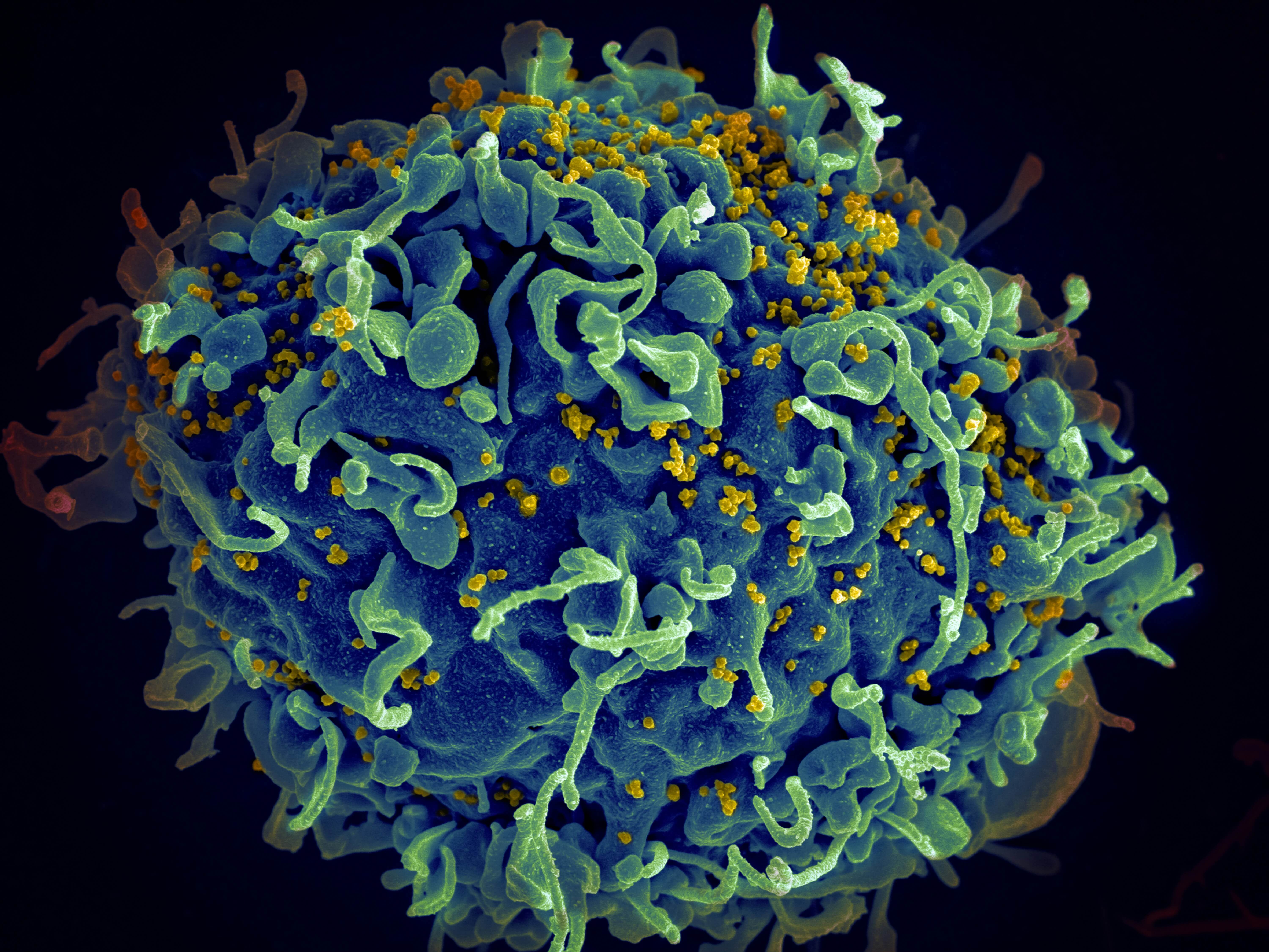How Is Breast Cancer Usually Detected?

Mitos

Understanding Breast Cancer Detection
Detecting breast cancer typically involves a combination of screening tests and diagnostic procedures. Screening tests are used to identify potential signs of cancer in women who have no symptoms, while diagnostic procedures are performed when there are signs or symptoms of breast cancer.
Screening Tests for Breast Cancer
- Breast Self-Examination (BSE): Women are encouraged to perform regular self-exams to become familiar with the normal look and feel of their breasts. Any changes should be reported to a healthcare provider.
- Clinical Breast Examination (CBE): During a CBE, a healthcare provider examines the breasts and surrounding areas for any abnormalities, such as lumps or changes in texture.
- Mammography: Mammograms are X-ray images of the breast tissue and are the most common screening tool for breast cancer. They can detect tumors that are too small to be felt and can identify abnormalities in breast tissue.
- Breast Ultrasound: This imaging test uses sound waves to produce images of the inside of the breast. It is often used to further evaluate abnormalities found during a mammogram or clinical exam.
Diagnostic Procedures for Breast Cancer
- Biopsy: If an abnormality is detected during a screening test or clinical exam, a biopsy may be performed to remove a sample of tissue for further analysis. This is the most definitive way to diagnose breast cancer.
- Breast MRI: Magnetic resonance imaging (MRI) uses magnets and radio waves to create detailed images of the breast. It is sometimes used in combination with other imaging tests to get a clearer picture of the breast tissue.
- Genetic Testing: In some cases, genetic testing may be recommended to identify specific gene mutations that increase the risk of breast cancer.
The Role of SAFE by MITOS in Breast Cancer Screening
MITOS Medical Technologies has developed SAFE (Scan and Find Early), a groundbreaking microwave imaging device designed for breast cancer screening and early detection. SAFE utilizes harmless electromagnetic waves instead of X-rays, making it a safe and non-invasive alternative for breast cancer detection. Its non-compressive nature provides a more comfortable experience for patients and enables the detection of tumors near the thoracic wall, which can be missed by traditional methods.
In a study involving 115 patients, SAFE demonstrated a sensitivity of 63% in detecting breast abnormalities. The study also found that breast size influenced the sensitivity of SAFE, with larger breasts showing a higher sensitivity of 74% compared to 51% in smaller breasts. These results are promising and suggest that SAFE has the potential to be an effective screening tool for a wide range of breast sizes.
Importance of Early Detection
Early detection of breast cancer is associated with better treatment outcomes and higher survival rates. Regular screening and prompt follow-up of any suspicious findings are essential for early detection.
Conclusion
Breast cancer detection relies on a combination of screening tests and diagnostic procedures. Women should be proactive about their breast health, performing regular self-exams, attending clinical breast exams, and following recommended screening guidelines based on their age and risk factors. By understanding the tools and methods used for breast cancer detection, women can take an active role in their health and well-being, potentially leading to earlier detection and improved outcomes in the fight against breast cancer.